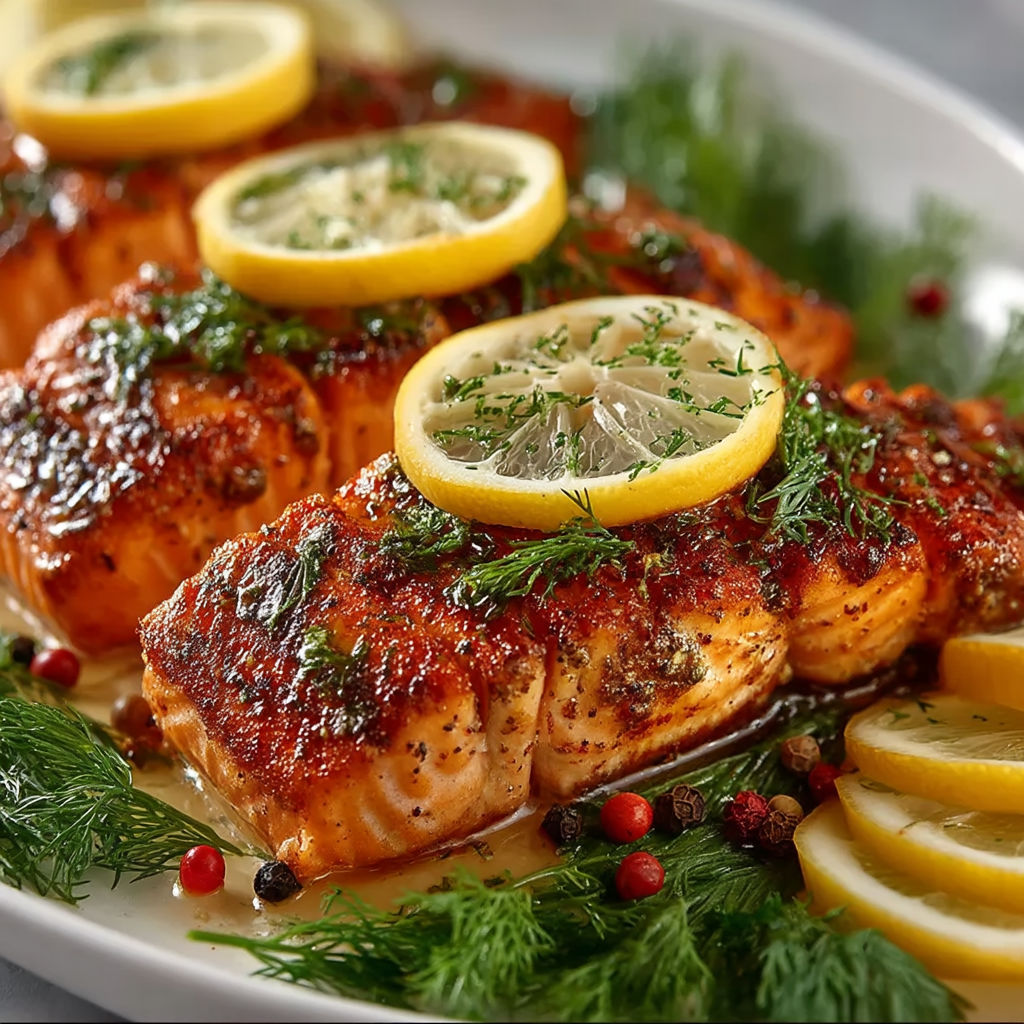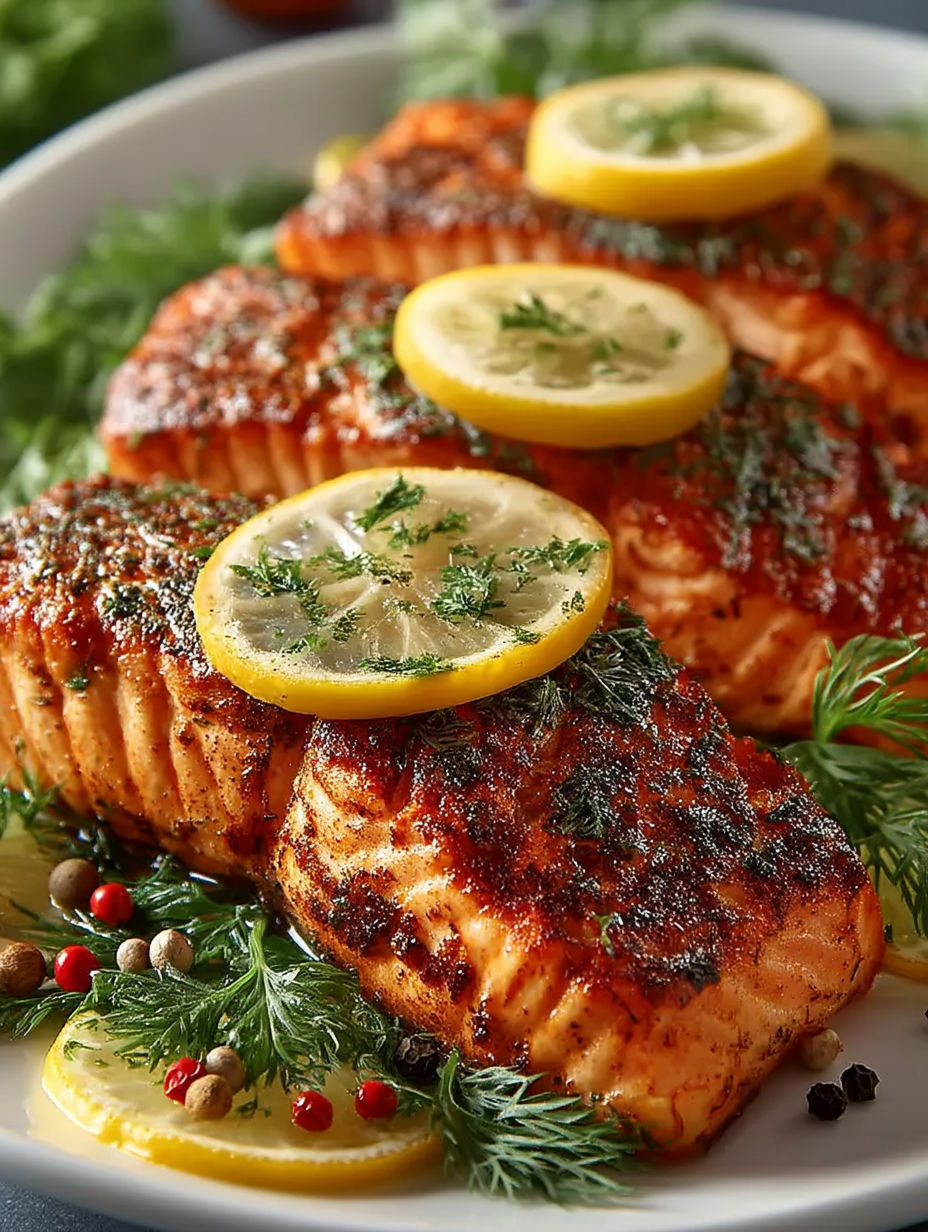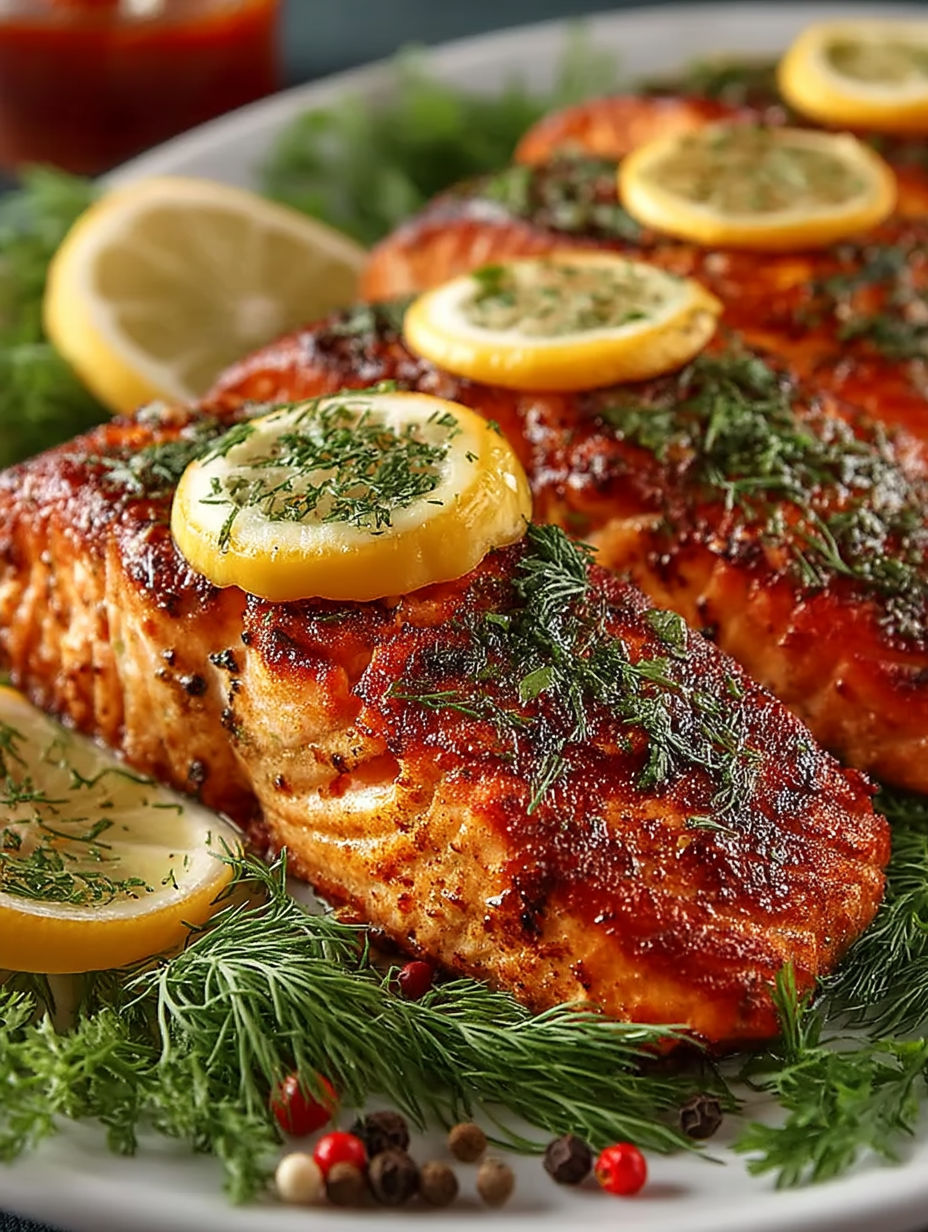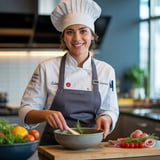 Save
Save
This sous vide salmon recipe reveals the secret to perfectly cooked salmon every time. The gentle water bath ensures the fish stays incredibly moist and tender, avoiding the dryness that often comes with traditional methods. Whether you prefer your salmon medium—rare or well done, this technique lets you hit the exact doneness you want with ease. It’s an effortless way to bring restaurant—quality salmon to your kitchen without worry.
I first tried this during a busy weeknight and was amazed at how juicy the salmon was. Since then, it’s become my go—to for impressing family and friends.
Ingredients
- Two 6—ounce salmon fillets: skin on or off depending on your preference for a crisp finish or delicate texture
- One tablespoon olive oil: to keep the fish moist and add richness during cooking
- One teaspoon kosher salt: for optimal seasoning and to enhance natural flavors
- Half teaspoon black pepper: for a gentle bite freshly cracked is best for aroma
- One lemon sliced thin: to add bright citrus notes that balance the richness of the salmon
- Two fresh dill sprigs: for a touch of herbaceous freshness that complements fish beautifully
- One garlic clove minced: optional but adds a wonderful savory depth—fresh is best
- One tablespoon butter: optional for finishing or searing adds luscious creaminess and flavor
Instructions
- Sauté the Aromatics:
- This recipe does not require sautéing aromatics
- Prepare the Salmon for Sous Vide:
- Pat the salmon thoroughly dry with paper towels to ensure seasoning sticks and a good sear later Season both sides generously with kosher salt and black pepper concentrating on the flesh side if skin is left on Place each fillet in a vacuum seal or zip—top bag using the water displacement method to remove air Drizzle half a tablespoon of olive oil over each fillet to keep them moist while cooking Layer lemon slices on top, tuck in fresh dill sprigs, and sprinkle minced garlic evenly over the fish Add a small pat of butter if using for extra richness, then seal bags tightly
- Set Up the Water Bath:
- Fill a large pot or container with water and securely attach your sous vide immersion circulator Set the temperature based on your doneness preference: 120°F for medium—rare, 130°F for medium, 140°F for medium—well Allow the water to preheat fully before submerging
- Cook the Salmon:
- Fully submerge the sealed bags in the water bath making sure they do not float by weighting them down if needed Cook for thirty to forty—five minutes depending on the thickness of the fillets—about thirty minutes for one—inch thick Do not worry about overcooking sous vide makes it nearly impossible to dry out the fish
- Sear the Salmon (Optional but Recommended):
- Heat a cast iron or heavy skillet over medium—high heat with one tablespoon olive oil until very hot Remove salmon from the bag, discard lemon and dill, and pat the fillets very dry for a proper sear Place the fillets skin—side down for skin—on or sear each side for one to two minutes for skinless until golden and crispy For extra flavor, add butter in the last minute and baste the salmon with the melted butter for richness Work in batches to avoid overcrowding the pan and losing heat for a perfect sear
- Serve Immediately:
- Plate the salmon carefully and garnish with fresh dill or lemon wedges if desired Enjoy the tender, flavorful salmon straight away for best texture and taste

I remember the first time I served this to my family and they were shocked at how tender it was. The dill and lemon really elevate the flavor and bring back fond memories of summer dinners.
Storage Tips
Store any leftovers in an airtight container in the refrigerator for up to two days When reheating, warm gently in a low—temperature oven or steam to avoid drying This method maintains the delicate texture and flavor Freezing cooked sous vide salmon is possible but avoid reheating in a microwave as it can toughen the fish
Ingredient Substitutions
If fresh dill isn’t available, try tarragon or fennel fronds which also complement salmon nicely Butter can be swapped for ghee or olive oil for a dairy—free option Lemon can be replaced with lime or orange slices for a different citrus twist Garlic is optional but you could substitute with shallots or ginger for a unique flavor profile
Serving Suggestions
Serve this salmon over quinoa or rice pilaf to soak up the juices Roasted vegetables such as asparagus or Brussels sprouts provide a nice contrast A creamy dill sauce or lemon butter sauce adds a luxurious finishing touch For a lighter meal, pair it with a crisp green salad dressed simply with olive oil and lemon

Enjoy this tender, restaurant—quality salmon any night of the week. It’s dependable, flavorful, and surprisingly easy.
Common Questions About Recipes
- → What temperature is best for sous vide salmon?
Cooking salmon at 120°F (49°C) yields a medium-rare, tender texture, while 130°F (54°C) gives a medium doneness. Adjust based on preference.
- → How long should I cook salmon sous vide?
Cook 1-inch thick fillets for 30 minutes; thicker pieces may require up to 45 minutes for perfect tenderness.
- → Why is patting the salmon dry important before sous vide?
Drying the fillets helps seasoning stick better and ensures a crisp sear after cooking.
- → Can I add flavors to the salmon during sous vide cooking?
Yes, adding lemon slices, fresh dill, garlic, or a pat of butter in the bag enhances delicate, aromatic flavors.
- → Is searing necessary after sous vide?
Searing is optional but recommended to create a crispy skin and deepen the flavor with a golden crust.
- → What oils are best for searing salmon?
Use oils with high smoke points like olive, avocado, or grapeseed oil to prevent burning during searing.
